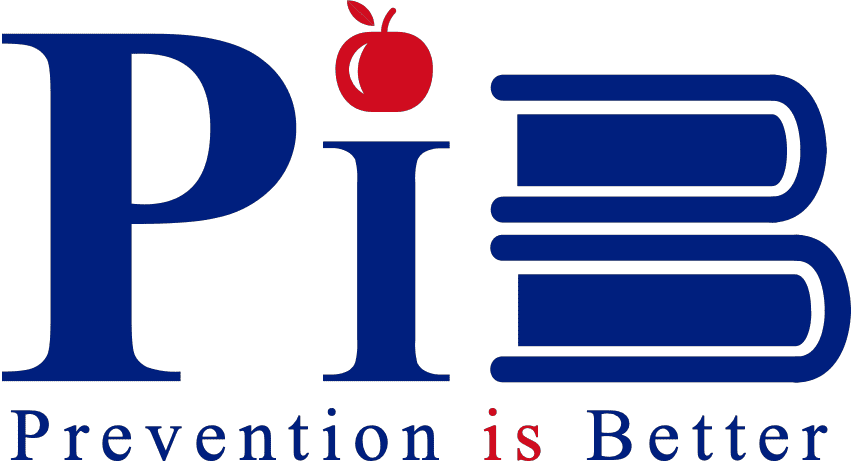What are “good” prevention strategies? What makes strategies helpful or unhelpful? (Article series 6 of 7)

Note: This is the sixth in a series of articles on prevention.
Driving against substance abuse, prevention has been marked as a primary strategy in leading towards healthier behaviours. What makes some prevention strategies effective while others fall short? Strategies can vary widely in their effectiveness, depending on various factors. This ARTICLE will dive into what has distinguished effective strategies from ineffective ones.
Evidence based Approach
In today’s society research has been completed to provide evidence based strategies for building and implementing effective prevention strategies. Effective strategies are designed with consideration of scientific evidence, they are not simply implemented without proof. Programs have been developed based on evidence and evaluation, from school-based to community programs, they provide a foundation for implementing effective strategies. (Public Safety Canada, 2009, Griffin & Botvin, 2010)
Tailoring to Audience
Prevention strategies that worked for one group individual, may not work for others. Simply copying a program or strategy that has worked does not mean that it is the best program suited for the needs of the individuals you are working with. Strategies need to be tailored to the needs, characteristics, and demographics of the population. By understanding the audience you can produce a more meaningful behaviour change.
PIB supports the stance that prevention is better than cure as it acts to support individuals in making healthy choices before they adapt to negative habits. Prevention strategies have been proven to be more effective when delivered at critical stages of transition, ideally before substance use begins and when they will be more receptive to the message. Addressing risk and protective factors at a younger age is best, such as when children move from elementary school to junior high school. (Public Safety Canada, 2009)
Comprehensive Approach
Substance abuse is impacted by many factors, taking a holistic approach will aid in decreasing misuse and address the underlying factors that lead to it. Incorporation of aspects such as addressing social influences and normative information have evidently resulted in decreased misuse. Adolescents overestimate the extent to which substance use is normal and need the skills to resist use. (Public Safety Canada, 2009)
Interactive and Creative Approach
Instructive approaches have shown to be less effective than interactive and creative approaches. Programs that simply preach information at you or arouse fear, only emphasising risks, are unlikely to have lasting impact. Participatory programs such as PIB that include aspects such as discussion, application, and action encourage individuals to take control of their choices. (Public Safety Canada, 2009; Griffin & Botvin, 2010)
Sustainment
Follow-up and continued reinforcement over a longer period of time is essential for sustaining changes in behaviour. Strategies and programs that are effective will incorporate means of ongoing support and reinforcement. This may be seen through application of booster sessions, continued support and continued resource availability. (Public Safety Canada, 2009; Griffin & Botvin, 2010)
Community Involvement and Support
Effective approaches target not only the individual but also the community through engagement and collaboration of many others. Addiction has a community wide effect and should have a community wide effort for prevention. Multiple agencies need to be involved, such as schools, healthcare providers, or law enforcement. (Public Safety Canada, 2009)
Continued Adaptation
Substance use and access is continuously evolving, therefore prevention strategies must follow suit and adapt towards these changes. Re-evaluate periodically, accepting feedback and data to adjust strategies to improve them. Our society is rapidly changing and incorporating means of evaluation aids in remaining effective. (Public Safety Canada, 2009)
Ineffective strategies are ones that tend to lack consideration of factors such as these. Incorporation of all these key elements is not always necessary but the more the better to increase effectiveness. By embracing evidence based practices, tailoring interventions, and fostering collaboration we can increase the potential of prevention and a substance abuse-free future.
The next ARTICLE will discuss how previous information throughout this series can be applied into the context of a parent or teacher dealing with adolescence reaching the age of use. It will take you through some tips and tricks that you as a parent or teacher may benefit from implementing in daily life or the classroom.
References:
Griffin, K. W., & Botvin, G. J. (2010). Evidence-based interventions for preventing substance use disorders in adolescents. Child and adolescent psychiatric clinics of North America, 19(3), 505–526. https://doi.org/10.1016/j.chc.2010.03.005
Public Safety Canada. (2009). School-Based Drug Abuse Prevention: Promising and successful programs. National Crime Prevention Centre. April 1, 2024, https://www.publicsafety.gc.ca/cnt/rsrcs/pblctns/sclbsd-drgbs/index-en.aspx#ch02a
Acknowledgements
Special thanks to the students of Redeemer University, Ancaster, Ontario for their assistance in preparing these articles.
